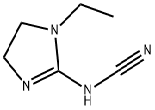3,4-Dihydrocoumarin(CAS#119-84-6)
| Hazard Symbols | Xn – Harmful |
| Risk Codes | R22 – Harmful if swallowed R36/37/38 – Irritating to eyes, respiratory system and skin. |
| Safety Description | S26 – In case of contact with eyes, rinse immediately with plenty of water and seek medical advice. S36 – Wear suitable protective clothing. |
| WGK Germany | 3 |
| RTECS | MW5775000 |
| TSCA | Yes |
| HS Code | 29322980 |
| Toxicity | The acute oral LD50 value in rats was reported as 1.65 g/kg (1.47-1.83 g/ kg) (Moreno, 1972a). The acute dermal LD50 value in rabbits was reported as > 5 g/kg (Moreno, 1972b). |
Introduction
Dihydrovanillin. The following is an introduction to the properties, uses, preparation methods and safety information of dihydrovanillin:
Quality:
- Appearance: Dihydrovanillin is colorless to yellowish crystals.
- Solubility: Soluble in organic solvents and slightly soluble in water.
- Smell: Has a bitter-sweet aroma, similar to vanilla or toast.
Use:
Method:
The preparation of dihydrovanillin is often obtained by phenolic condensation reaction. The specific steps involve the reaction of benzaldehyde and acetic anhydride catalyzed by alkali and heating under appropriate conditions to produce dihydrovanillin.
Safety Information:
- Dihydrovanillin is generally considered a relatively safe compound, but it may cause allergic reactions in some people.
- For higher concentrations of dihydrovanillin, contact with skin may cause irritation. Appropriate precautions such as gloves, goggles, etc., should be worn when handling the compound.
- During storage and use, contact with strong oxidizing agents or flammable materials should be avoided to avoid accidents.



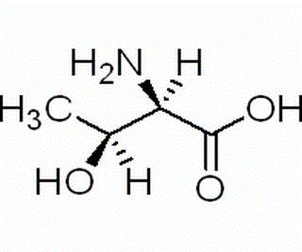
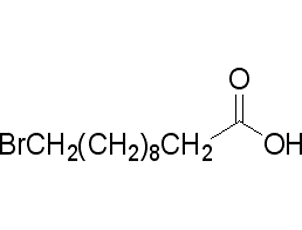
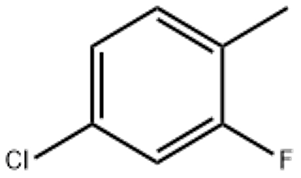
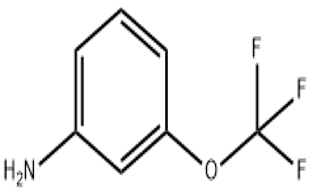
![2-(Chloromethyl)[1,3]oxazolo[4,5-b]pyridine(CAS#110704-34-2)](https://www.xinchem.com/uploads/oxazolopyridine.png)
